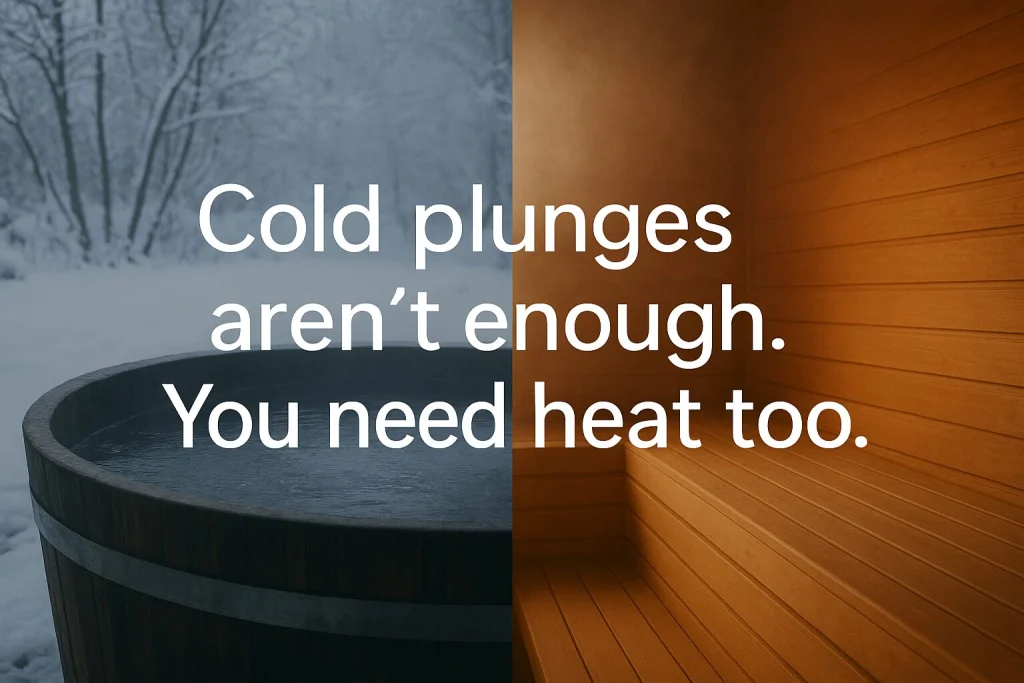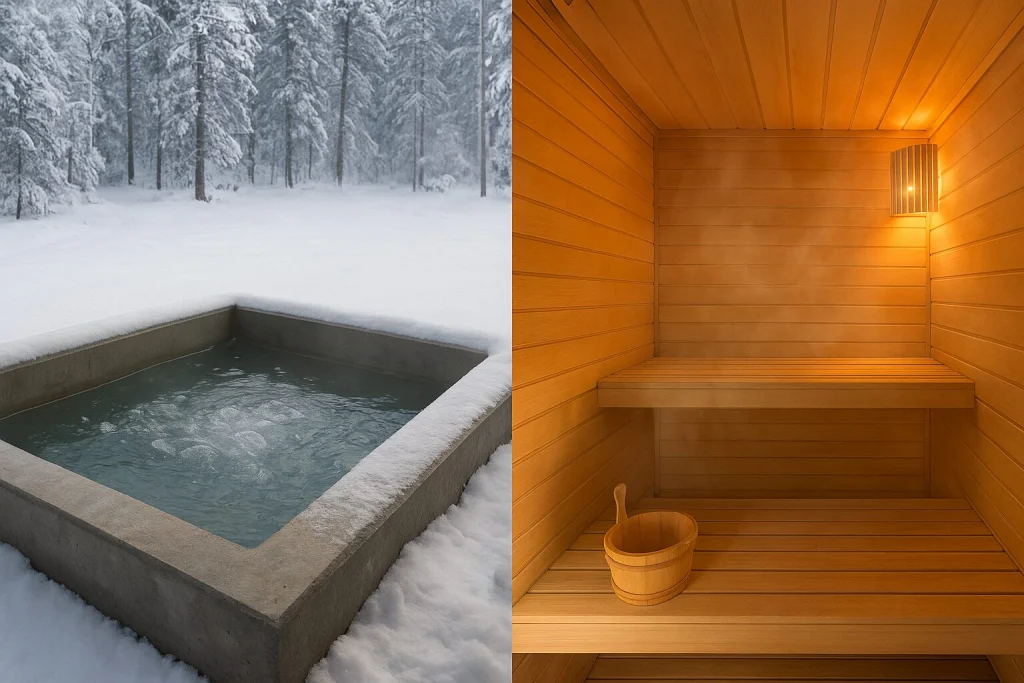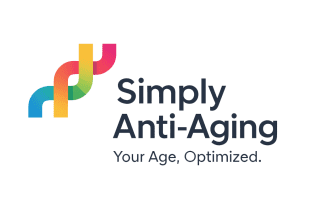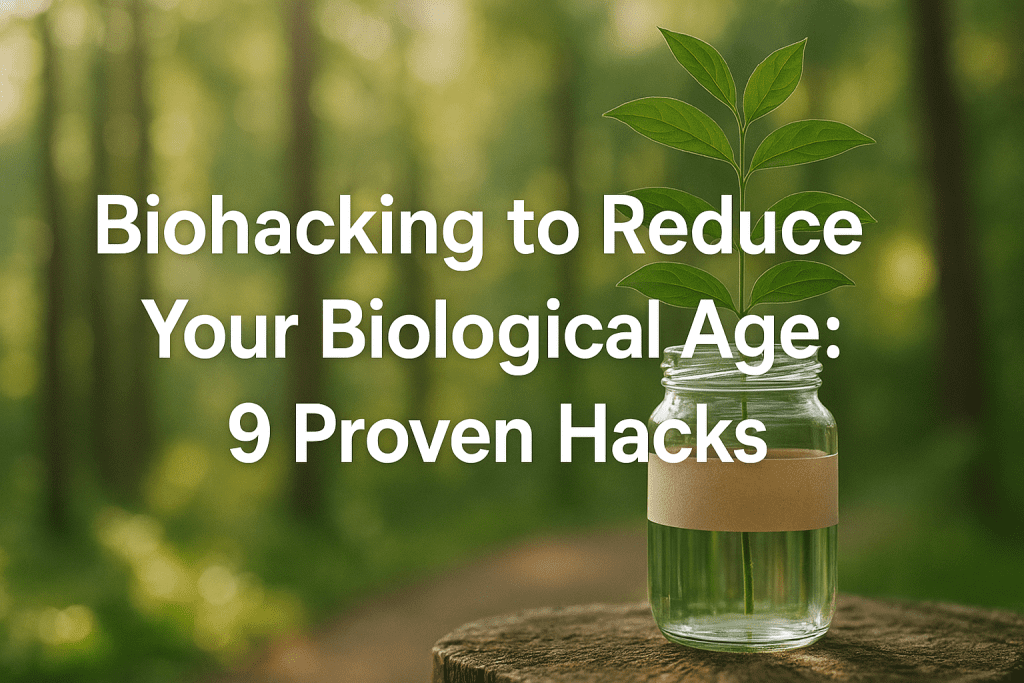
Cold therapy is one of the biggest trends in recovery and wellness. From athletes to weekend warriors, people are plunging into icy tubs for the dopamine rush and clarity that follows. But here’s what most miss: cold alone is only half the story. Cold plunge and sauna benefits multiply when you combine them into what’s called contrast therapy: switching between cold and heat to build resilience, recovery, and longevity.
This isn’t new. Nordic cultures have used ice baths and saunas for centuries. Modern research is now catching up, showing how cycling fire and ice affects hormones, circulation, mood, and even immune strength. Let’s see how it works, how you can do it at home, and why it’s one of the simplest longevity tools you can add to your routine.
Table of Contents
What does a cold plunge do for your body?
Cold plunges trigger norepinephrine release, sharpen focus, and activate metabolism.
When your body hits cold water, the stress response kicks in. Far from harmful, this type of short stress (called hormesis) makes your system stronger. Research shows:
❄️ Norepinephrine spike: Levels can rise 2–3x, improving alertness and mood.
💙 Circulation boost: Vessels constrict, driving blood to core organs, then rebound when you warm up.
🔥 Brown fat activation: Increases calorie burning and helps regulate blood sugar.
⚡ Cognitive boost: Many report clearer thinking and elevated mood after a plunge.
📊 Cold Exposure Effects
| Benefit | Mechanism | Lasting Effect |
|---|---|---|
| Focus & alertness | Norepinephrine release | Hours |
| Circulation support | Vasoconstriction → rebound flow | Short-term |
| Metabolic boost | Brown fat activation | Long-term |
| Mental clarity | Dopamine & adaptation | Cumulative |
Cold alone already brings powerful benefits. But pairing it with heat unlocks another layer.
What happens when you add sauna or heat therapy?
Sauna and heat therapy rebuild the body by boosting growth hormone, circulation, and detox.
Inside a sauna or hot bath, your core temperature rises. This creates a different type of hormetic stress that leads to benefits cold can’t provide:
💪 Growth hormone boost: Supports muscle repair and recovery. In one study, GH levels doubled after just 15 minutes in a sauna.
🧬 Heat shock proteins: Protect cells against stress and may slow down age-related decline.
❤️ Vasodilation: Heat widens blood vessels, improving cardiovascular function.
💦 Sweat detox: Heavy metals and toxins are released through sweat.
Regular sauna users in Finland, for example, show lower risks of heart disease and improved longevity markers in long-term studies.

Why combine cold plunge and sauna together?
Cold sharpens, heat rebuilds, contrast therapy amplifies the effects of both.
Alternating between cold and hot environments drives a powerful “vascular workout”:
- 🧊 Cold constricts vessels → blood rushes inward, protecting organs.
- 🔥 Heat dilates vessels → blood surges outward, flushing tissues.
- 🔁 Cycle effect → improved circulation, faster recovery, stronger adaptation.
This pumping action reduces inflammation, accelerates recovery, and trains your nervous system to adapt better to stress. Athletes often use it after games, but research shows everyday people benefit too.
How to practice contrast therapy at home?
Contrast therapy is simple: cycle between 2–3 minutes cold and 15–20 minutes heat.
Here’s a practical protocol anyone can try:
🧊 Cold Phase (2–3 mins)
- Ice bath, cold plunge, or a cold shower.
- Focus on slow breathing — aim for 10–15 deep breaths.
🔥 Heat Phase (15–20 mins)
- Sauna if available, or a hot shower/bath.
- Relax and breathe deeply while your body resets.
🔁 Optional Cycle
- Cold → heat → cold for a complete reboot.
- Do 1–2 rounds depending on comfort level.
📅 Frequency: Even 1–2x per week delivers benefits. Daily cold showers + a weekly sauna session is a balanced approach.
Can you do cold–heat cycles on a budget?
Yes, consistency matters more than expensive gear or spa access.
💡 DIY Cold Options
- Regular shower: turn the knob to cold for 2–3 minutes.
- Bathtub + $2 bag of ice.
- Use leftover ice from daily activities (restaurants, events).
💡 DIY Heat Options
- Run a hot shower and sit in the steam.
- Hot bath soak for 20 minutes.
- DIY steam tent: blanket + pot of boiling water.
👉 The takeaway: Expensive ice baths or infrared saunas aren’t required. The science is about stimulus, not luxury.
Real-world example of a contrast therapy routine
Simple habits done consistently mimic professional recovery setups.
🏋️ After workouts: 2–3 min cold shower with ice.
📅 Six days per week: cold showers for norepinephrine boost.
🔄 Once per week: sauna + cold rinse for a full reset.
This protocol delivers measurable benefits while staying accessible: no $10,000 setup required.
What are the proven benefits of cold plunge and sauna?
Research confirms contrast therapy improves recovery, cognition, circulation, immunity, and resilience.
Top science-backed benefits:
🚀 Faster recovery: Reduces inflammation and muscle soreness.
🧠 Sharper focus & mood: Cold boosts norepinephrine, sauna enhances endorphins.
❤️🔥 Better blood flow: Cold/heat cycling trains vessels for stronger cardiovascular health.
🛡 Stronger immunity: Repeated exposure builds immune defenses.
🌿 Longevity support: Hormetic stress stimulates resilience pathways linked to slower aging.
📊 Comparison Table
| Therapy | Key Benefits | Best Use Case |
|---|---|---|
| Cold plunge | Focus, metabolism, fat regulation | Morning or post-workout |
| Sauna / Heat | Recovery, cardiovascular, detox | Evening recovery or rest days |
| Contrast | Circulation, resilience, adaptation | Weekly reset, performance & aging |
Can contrast therapy reduce biological age?
Contrast therapy may help slow biological aging by improving stress resilience, metabolism, and cardiovascular health.
Cold plunges activate brown fat and norepinephrine, while saunas boost growth hormone and heat shock proteins. Together, they create hormetic stress that supports healthier aging markers, though direct proof of lowering biological age scores is still emerging.
Are there risks to cold and heat exposure?
Yes, beginners should start gradually and avoid extremes if they have medical conditions.
❄️ Cold can be unsafe for people with heart disease or uncontrolled hypertension.
🔥 Heat should be used carefully by those with cardiovascular issues or dehydration risk.
🧬 Always check with a doctor if you have chronic conditions before starting.
🛑 Avoid alcohol before sauna or plunge.
For most healthy adults, gradual exposure is safe and beneficial.
FAQ Contrast Therapy
Is contrast therapy safe for beginners?
Yes, but start gradually. Short cold showers and mild heat sessions are safer than extreme exposures.
How often should I do contrast therapy?
Most research suggests 1–3 sessions per week is enough for recovery and resilience benefits.
Can contrast therapy help with muscle soreness?
Yes. Alternating cold and heat reduces inflammation and improves blood flow, speeding up recovery.
Do I need a sauna for contrast therapy?
No. A hot shower or bath can replace sauna heat if you don’t have access.
Does contrast therapy boost the immune system?
Studies show it can support immune function by training your body’s stress response.
Who should avoid contrast therapy?
People with heart disease, uncontrolled blood pressure, or pregnancy should check with a doctor first.
Sources
- Leppäluoto J, et al. Effects of repeated sauna and cold exposure on growth hormone and ACTH in men. 1987 – PubMed
- Patrick RP, Johnson TL. Sauna bathing and health: A review of the evidence. 2021 – ScienceDirect
- Yankouskaya A, et al. Short-term cold-water immersion improves mood and positive affect. 2023 – PMC
- Leonardi L, et al. Physiological effects of contrast therapy: mechanisms and recovery benefits. 2025 – PMC



